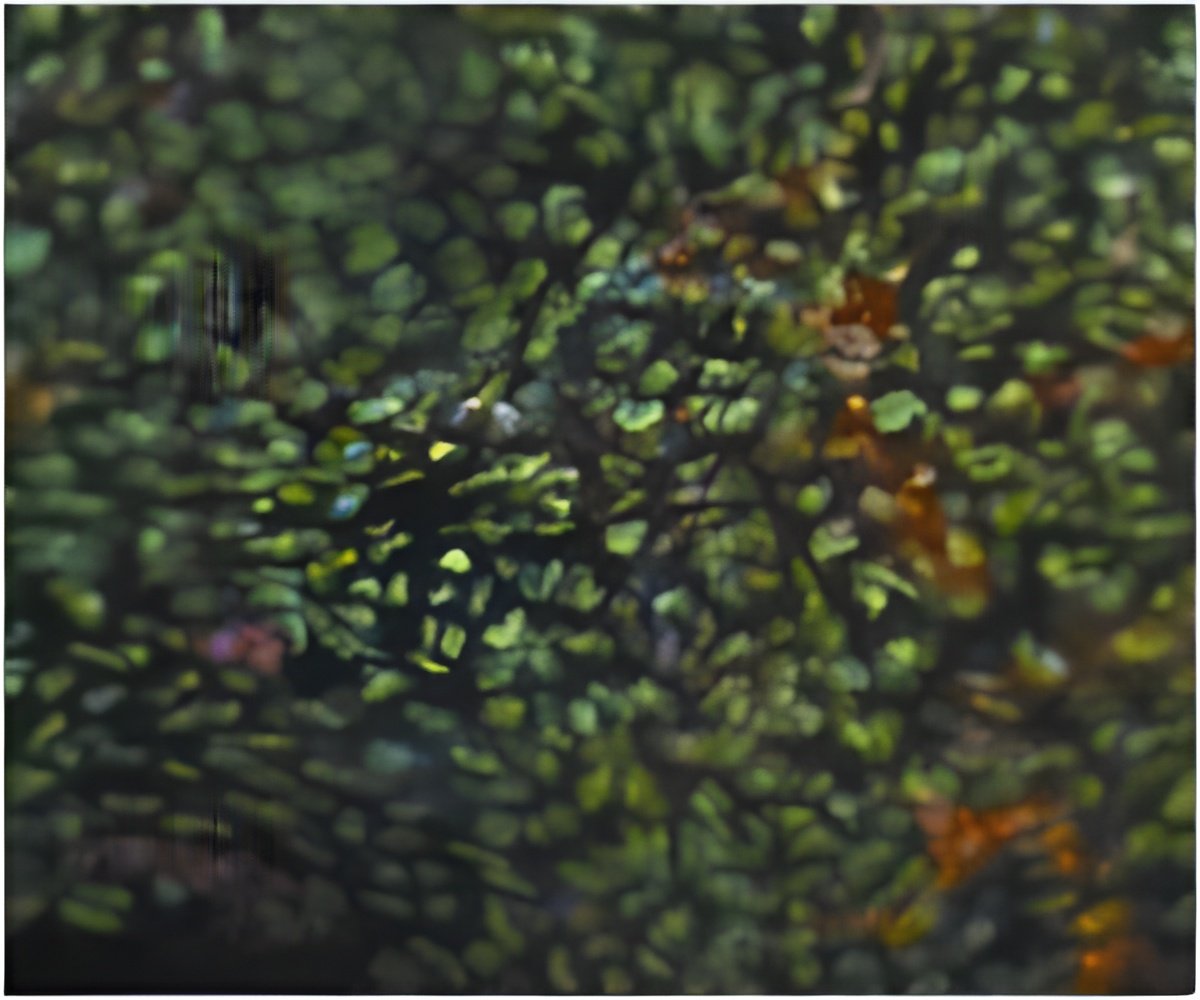Implantation of human stem cells into the spinal cord of mice crippled by an autoimmune disease similar to multiple sclerosis gave them the ability to walk and run, a new research found.

Thomas Lane, an immunologist at the University of Utah who co-led the study with Loring, said he had never seen anything like it. "We've been studying mouse stem cells for a long time, but we never saw the clinical improvement that occurred with the human cells that Dr. Loring's lab provided," said Lane, who began the study at UC Irvine.
The mice's dramatic recovery, which is reported online ahead of print by the journal Stem Cell Reports, could lead to new ways to treat multiple sclerosis in humans.
"This is a great step forward in the development of new therapies for stopping disease progression and promoting repair for MS patients," said co-author Craig Walsh, a UC Irvine immunologist.
Stem Cell Therapy for MS
MS is an autoimmune disease of the brain and spinal cord that affects more than a half-million people in North America and Europe, and more than two million worldwide. In MS, immune cells known as T cells invade the upper spinal cord and brain, causing inflammation and ultimately the loss of an insulating coating on nerve fibers called myelin. Affected nerve fibers lose their ability to transmit electrical signals efficiently, and this can eventually lead to symptoms such as limb weakness, numbness and tingling, fatigue, vision problems, slurred speech, memory difficulties and depression.
Advertisement
Loring's group has been focused on turning human stem cells into neural precursor cells, which are an intermediate cell type that can eventually develop into neurons and other kinds of cells in the nervous system. In collaboration with Lane's group, Loring's team has been testing the effects of implanting human neural precursor cells into the spinal cords of mice that have been infected with a virus that induces symptoms of MS.
The transformation that took place in the largely immobilized mice after the human neural precursor cells were injected into the animals' damaged spinal cords was dramatic. "Tom called me up and said, 'You're not going to believe this,'" Loring said. "He sent me a video, and it showed the mice running around the cages. I said, 'Are you sure these are the same mice?'"
Even more remarkable, the animals continued walking even after the human cells were rejected, which occurred about a week after implantation. This suggests that the human stem cells were secreting a protein or proteins that had a long-lasting effect on preventing or impeding the progression of MS in the mice, said Ron Coleman, a TSRI graduate student in Loring's lab who was first author of the paper with Lu Chen of UC Irvine. "Once the human stem cells kick that first domino, the cells can be removed and the process will go on because they've initiated a cascade of events," said Coleman.
The scientists showed in the new study that the implanted human stem cells triggered the creation of white blood cells known as regulatory T cells, which are responsible for shutting down the autoimmune response at the end of an inflammation. In addition, the implanted cells released proteins that signaled cells to re-myelinate the nerve cells that had been stripped of their protective sheaths.
A Happy Accident
The particular line of human neural precursor cells used to heal the mice was the result of a lucky break. Coleman was using a common technique for coaxing human stem cells into neural precursor cells, but decided partway through the process to deviate from the standard protocol. In particular, he transferred the developing cells to another Petri dish.
"I wanted the cells to all have similar properties, and they looked really different when I didn't transfer them," said Coleman, who was motivated to study MS after his mother died from the disease. This step, called "passaging," proved key. "It turns out that passaging alters the types of proteins that the cells express," he said.
Loring called the creation of the successful neural precursor cell line a "happy accident." "If we had used common techniques to create the cells, they wouldn't have worked," she said. "We've shown that now. There are a dozen different ways to make neural precursor cells, and only this one has worked so far. We now know that it is incredibly important to make the cells the same way every time."
Hot On the Trail
The team is now working to discover the particular proteins that its unique line of human precursor cells release. One promising candidate is a class of proteins known as transforming growth factor beta, or TGF-B, which other studies have shown is involved the creation of regulatory T cells. Experiments by the scientists showed that the human neural precursor cells released TGF-B proteins while they were inside the spinal cords of the impaired mice. However, it's also likely that other, as yet unidentified, protein factors may also be involved in the mice's healing.
If the team can pinpoint which proteins released by the neural precursor cells are responsible for the animals' recovery, it may be possible to devise MS treatments that don't involve the use of human stem cells. "Once we identify the factors that are responsible for healing, we could make a drug out of them," said Lane. Another possibility, Loring said, might be to infuse the spinal cords of humans affected by MS with the protein factors that promote healing.
A better understanding of what makes these human neural precursor cells effective in mice will be key to developing either of these therapies for humans. "We're on the trail now of what these cells do and how they work," Loring said.
Source-Eurekalert










